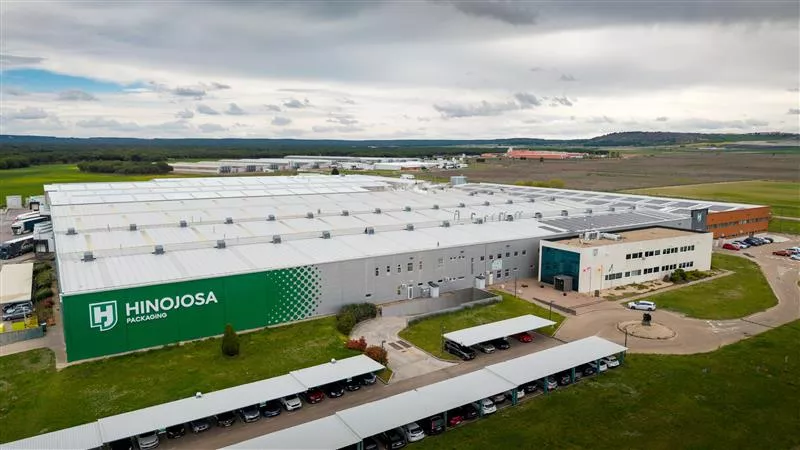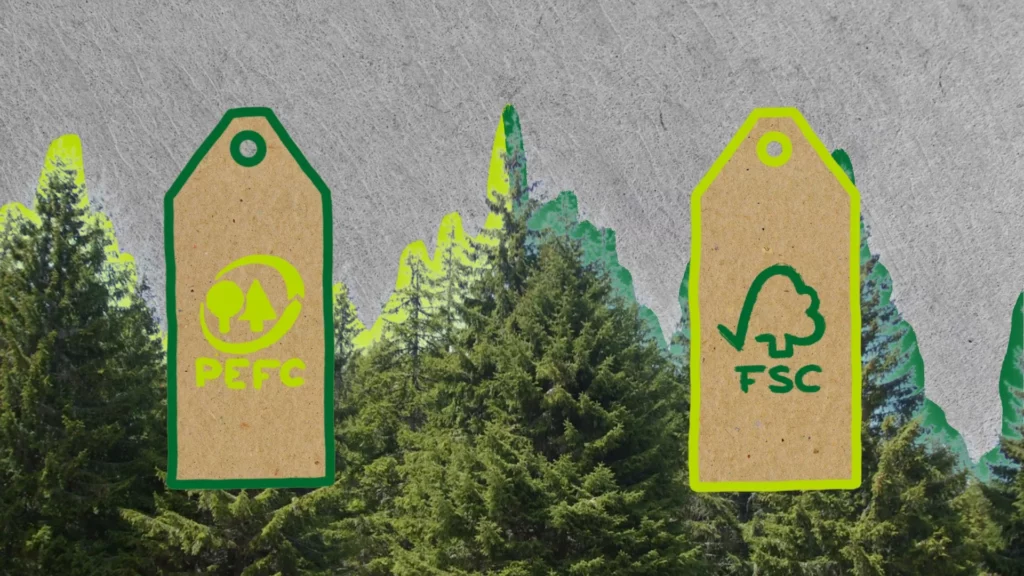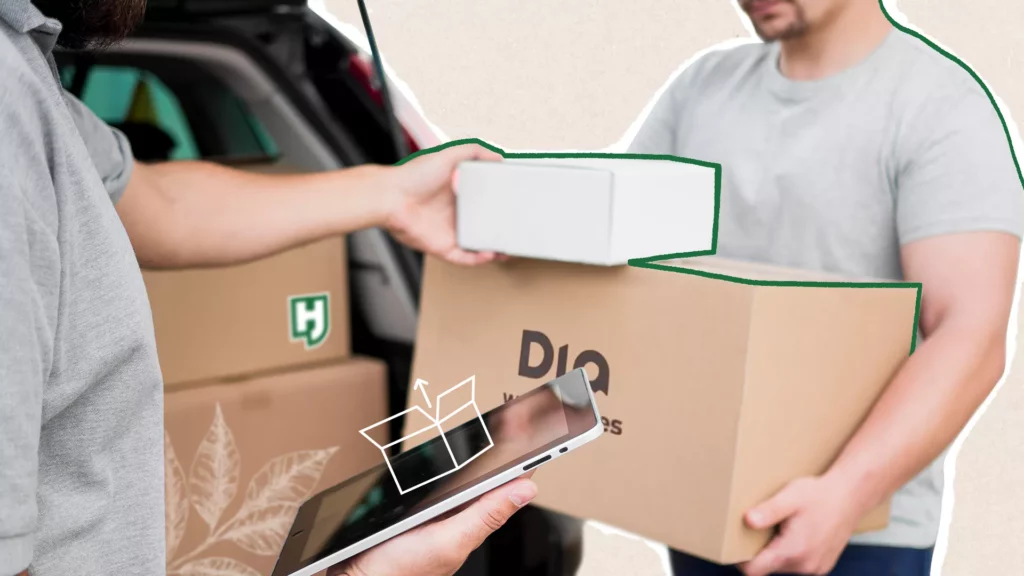On the one hand, some concerns such as sustainability, and how it helps to regenerate the planet amidst the climate crisis, has become a non-negotiable factor in most consumer purchase decisions, regardless of the product.
At the same time, packaging companies are under increasing pressure to innovate and ensure maximum efficiency. At the sector level, brands are not merely responding to customer concerns; they’re advancing toward greater product customization and a more evident and tangible positive impact, both environmentally and socially, for their community.
Here are seven key packaging trends for 2024.
Sustainability: Farewell to Plastic
Both European and national institutions and consumers themselves have been moving in the same direction for years: the impact of our waste needs to decrease. Packaging accounts for nearly 40% of the total weight of plastic waste generated worldwide, with production doubling globally to 350 million tonnes annually. Worldwide, only 9% is recycled, while 69% is incinerated or deposited in landfills.
These aren’t just numbers. Awareness of the enormous magnitude of the environmental problem created by a lack of conscious consumption over the years is on the minds of customers seeking alternatives. Packaging solutions made from sustainable materials like cardboard, with a recyclability rate of around 90% in Europe, are gaining traction. 100% recycled and recyclable packaging, which is greener and reduces food waste, is trending, particularly in the food and take-away sectors. Meanwhile, new biodegradable solutions are emerging to replace and reduce the use of plastics in products that were previously made solely from plastic. The packages of the future will aim to minimise its percentage, at least to the extent possible.
Social commitment: positive impact is attractive
The impact that the product purchase has on their surroundings is becoming increasingly important among consumer demands. It’s not just about what the product is, but how it gets to your home and how it affects your community. The proximity and impact of packaging companies, both in terms of product creation and material selection, also extend to how they treat their workers, among other aspects. In this sense, environmental commitment is tied to social commitment. Proximity builds trust, and a sustainable and regenerative approach to the labour market by companies is valued, as is the training and recruitment of young talent.
The pleasure of slow living: the end of the culture of immediacy
At the distribution level, the packaging world will see changes for consumers in the medium term. This is an open debate globally, with tangible results already visible in European cities, where the culture of immediacy is gradually fading. In the future, as experts suggest, online deliveries will have at least a 72-hour delay before delivery, primarily to reduce the negative climate effects that millions of shipments cause around the globe. Companies are increasingly demonstrating their social and ecological commitments in this regard. The outcome is a new approach, replacing speed with planning. Everything must move at a slower pace to improve the planet, both collectively and individually. And it might even be enjoyable.
Design and storytelling: humanising the product
Containers are not just containers. Packaging is not only packaging. We’re witnessing a resurgence of storytelling in a world craving narratives. In packaging, stories add value to the product and create an industry within the industry, that of design, which is beginning to take a central role. We understand that every company might have the best product, but it’s crucial to know how to present it. Similarly, every product needs to narrate its own story, whether it’s about its environmental commitment or customer focus, its attention to detail, or its penchant for the eccentric or elegant. The future lies in telling the story. Regardless of whether it is packaging for wine, a fruit tray or a perfume.
Smart Packaging: digitization simplifies processes
The key to a digitalised world lies in knowing how to adapt to it. Smart packaging represents a convergence of information technologies, big data, bioengineering, nanotechnology, artificial intelligence, and geolocation, all at the service of logistics. This comprehensive approach aims to simplify operations, benefiting both businesses and customer experiences. Innovation, a perennial trend, will propel us into the next year.
Personalisation: the packaging you want
Design and eco-design lay the foundations for personalisation and consumer adaptation, a trend that’s here to stay. The expectation for personalised service and products tailored to each customer is now a reality. Being flexible and adaptive in product development, especially considering technological advances and the incorporation of AI, should be a focal point for company strategies this year, along with enhancing the consumer experience.



